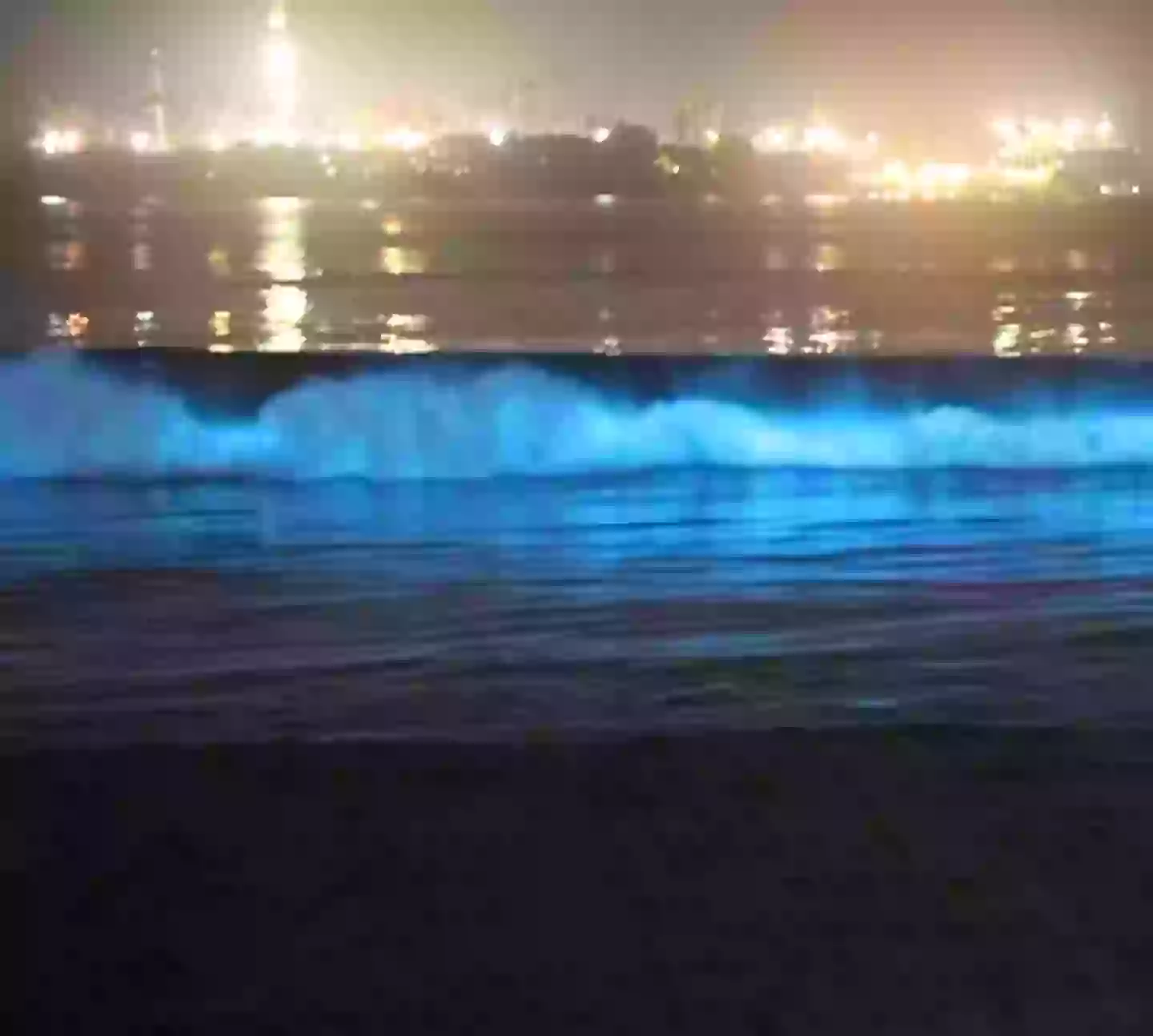
A stunning beach with purple stands has been dubbed as a geological mystery.
Located on California's Central Coast, Pfeiffer Beach makes for fantastic photographs due to the extremely rare phenomena.
The whole area surrounding the beach in the Big Sur is picturesque, with hundreds of people flocking to the area each year to try capture the moment the sun sets perfectly through the natural archway of Keyhole Rock.
The alignment between the sunset and keyhole arch usually takes place between the months of November through to January.
Advert
But the sunset isn't the only photo-worthy part of the beach; the purple sands are just as magical.
Pfeiffer Beach is one of the very few areas to have the geological wonder, and it's caused by the erosion of the cliffs above it as they contain manganese garnet rocks.
Small amounts of sand lay atop of the colorful hues, making it a must-see if you're visiting the Central Coast.
The beach is located around 150 miles away from San Fransisco, with the closest airport to it being Monterey (MRY).
Advert

If beach phenomenons are your thing, you may also want to pay a visit to the likes of Laguna Beach, Newport Beach, Huntington Beach and Long Beach - also in California.
Footage has been caught on the beaches of the moment bioluminescence waves crash along the shore, making it look like something straight out of a movie.
This is caused by bioluminescent microalgae, which glow when they're disturbed.
Advert
In light of the algae making an appearance in Southern California of late, tour company Newport Coastal Adventures launched cruises to allow people to see it firsthand.
The cruise advertisement reads: "Jump on board with us on the search for the Bioluminescence glow that illuminates the night sky as the waves crash around the shorelines, wake from our ships, possible dolphin swimming through, large fish schools, and anything else that triggers the blue natural phenomenon."

Sign me up!
Advert
These so-called 'plankton blooms' date back to early as the 1900s, says David Caron, a professor of biological sciences at the University of Southern California.
He explained to LAist: "They're documented in the literature as early as the early 1900s.
"There were lots of these blooms in the 1970s, then they kind of disappeared for a while. They came back after that prevalent in maybe the early 2000s, and then they weren't that prevalent again, and now they seem to be back again."
Nature can be pretty wonderful, huh?